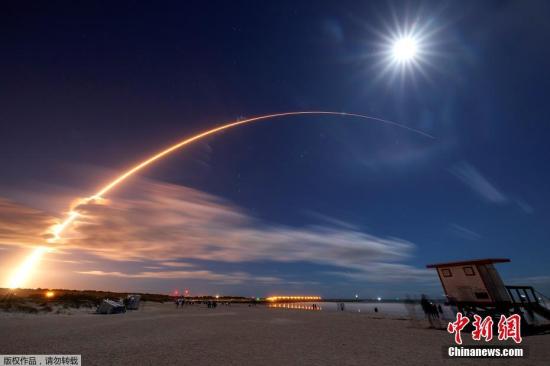"Solar Orbiter" completes its first solar flight
Science and Technology Daily, Beijing, June 16 (Reporter Liu Xia) The "Solar Orbiter" jointly developed by NASA and the European Space Agency (ESA) arrived at the first important location of its observation mission. According to a report by the US Space Network on the 15th, the spacecraft flew for the first time on June 15 (or launched a perihelion flight). At that time, it will be located approximately midway between the earth and the sun, about 77 million kilometers from the sun.
Data map: NASA's "Solar Orbiter" renderings.
On February 10, 2020 Beijing time, the "Solar Orbiter" was successfully launched to enable scientists to observe the sun from an unprecedented perspective: it will study the sun at close range; it will conduct high-resolution observations of the polar regions of the sun for the first time, allowing people to peer into the sun "True capacity" of the two poles; reveal the mystery of the sun's magnetic field; better understand the relationship between the sun and the earth. It is the second messenger sent by humans to the sun recently after the "Parker" solar probe launched in 2018.
"Solar Orbiter" project scientist and ESA's Daniel Mueller said in a statement that the spacecraft's first imaging activity will be carried out within one week after performing this perihelion flight, considering that the current spacecraft is far away from the earth, so It takes another week to transfer these images back to Earth, and the mission team estimates that the images will be released in mid-July.
The "Solar Orbiter" carries a total of 10 instruments: 6 telescopes and 4 instruments designed to study the environment surrounding the spacecraft. Soon after the spacecraft was launched, the mission team has been closely monitoring each instrument, but this week’s data collection will be a new test of the probe.
On February 9, 2020 local time, at the Cape Canaveral Air Force Base in Florida, the European Space Agency and NASA jointly launched the "Solar Orbiter" launch, which was installed on the United Launch Alliance Company Atlas V411 On the launch vehicle.
It is reported that "Parker" is closer to the sun than "solar orbiter", to study how the solar wind is generated, but it does not have a camera to take pictures of the sun; and "solar orbiter" is at a moderate distance from the sun, and can take remote photographs and in-situ measuring.
Mueller said: "For the first time, we will be able to put the images taken by all telescopes together and observe how they obtain complementary data for all parts of the sun-including the surface of the sun, the outer atmosphere or corona, and the heliosphere."
Although scientists are excited about these images, the "Solar Orbiter" has not yet begun its main scientific research work, and the first perihelion flyby of its main scientific mission will be carried out in early 2022.

